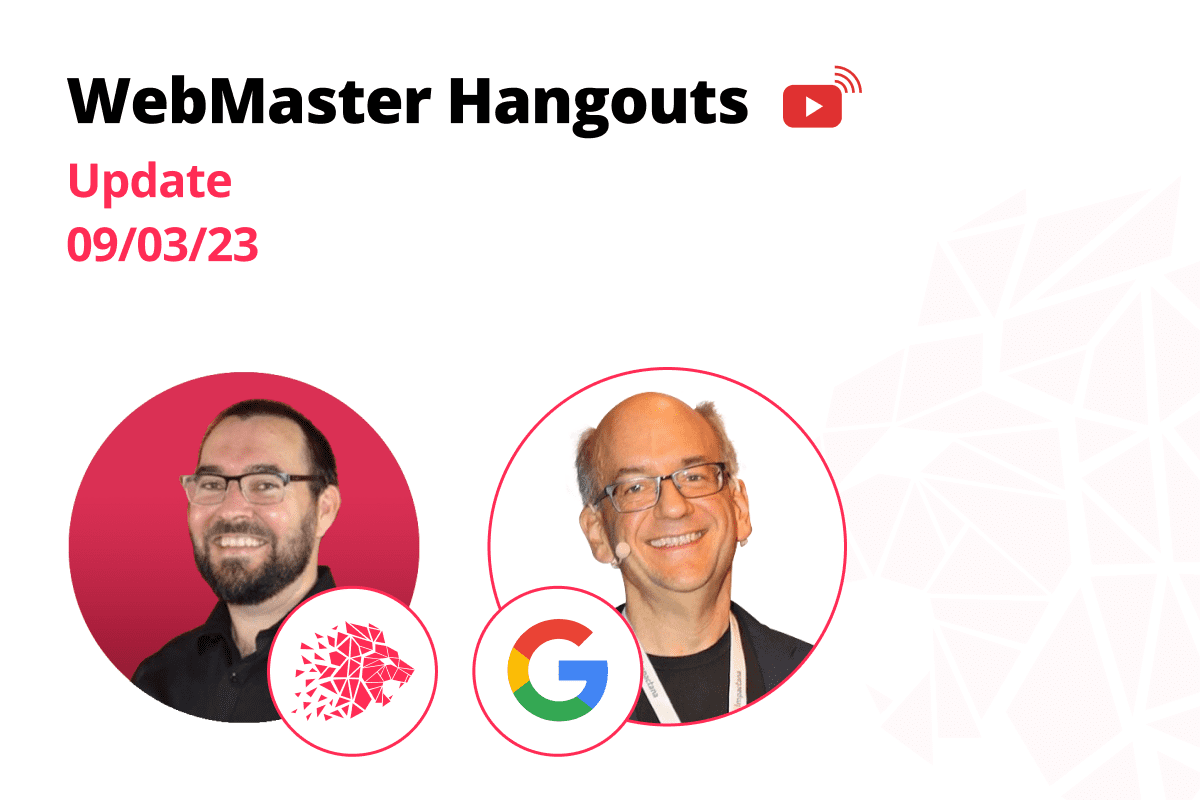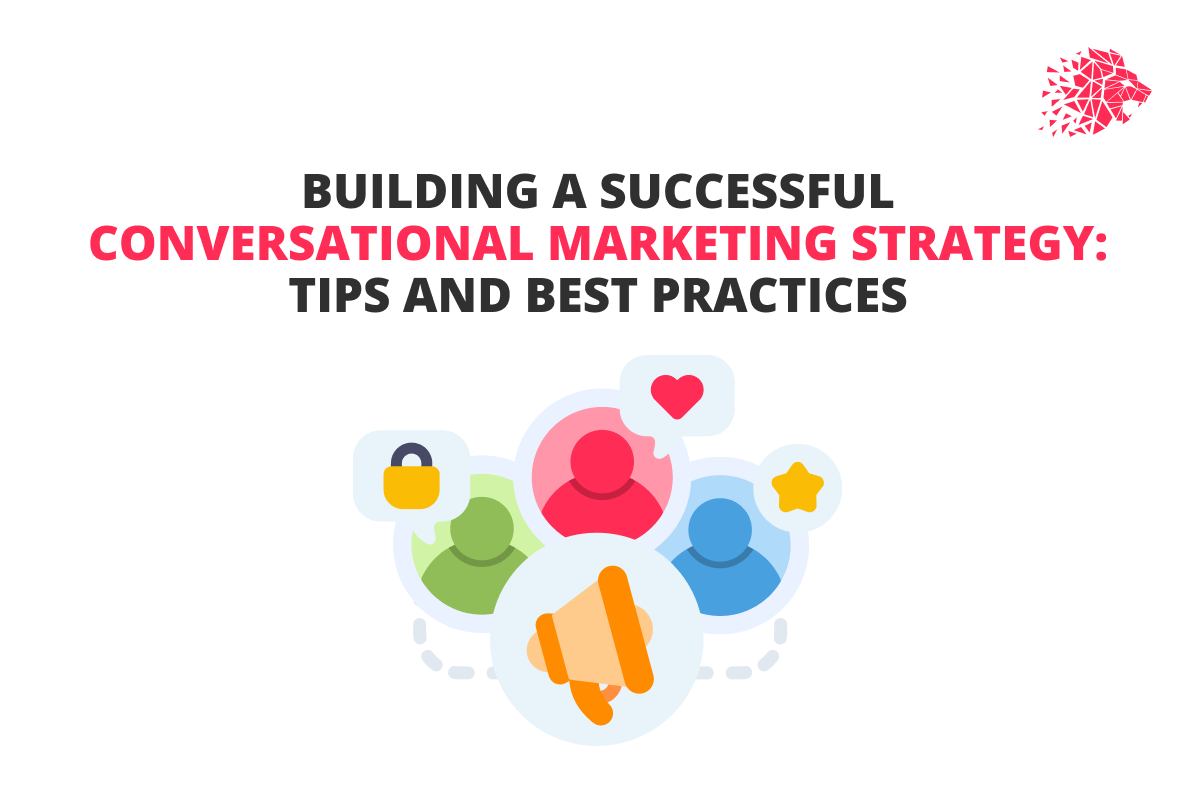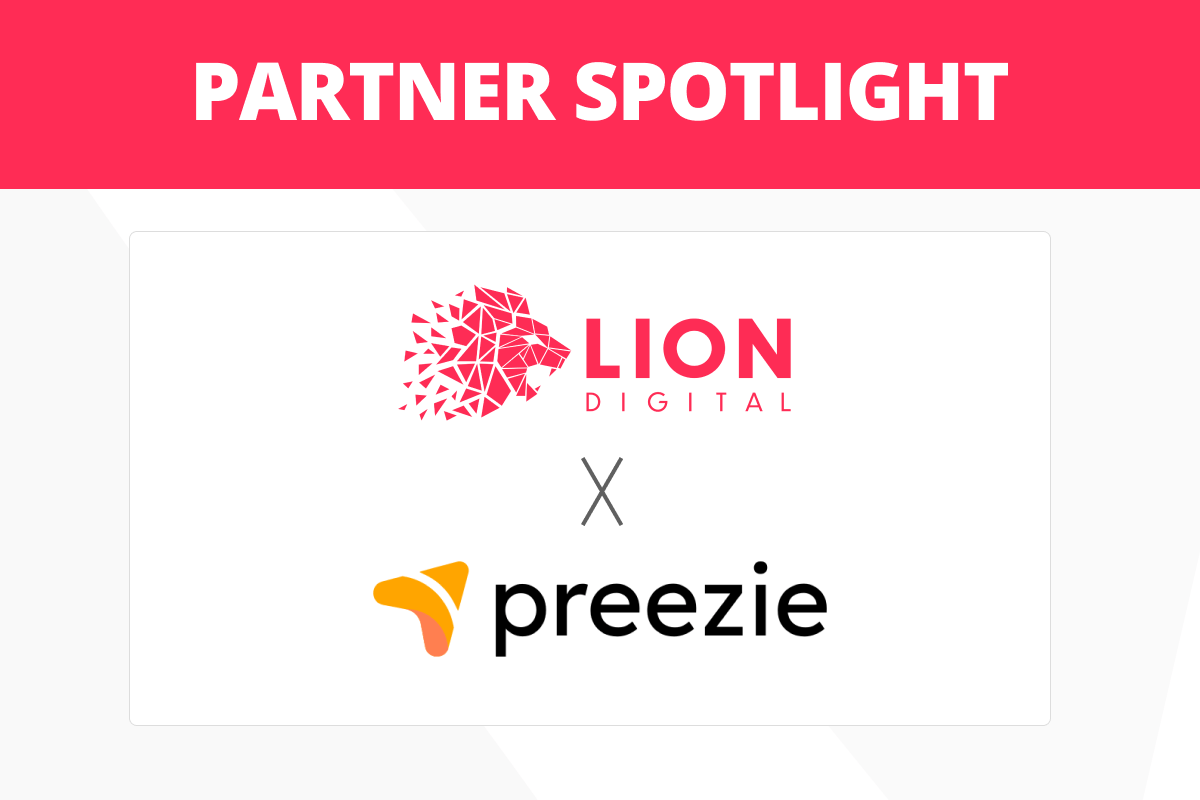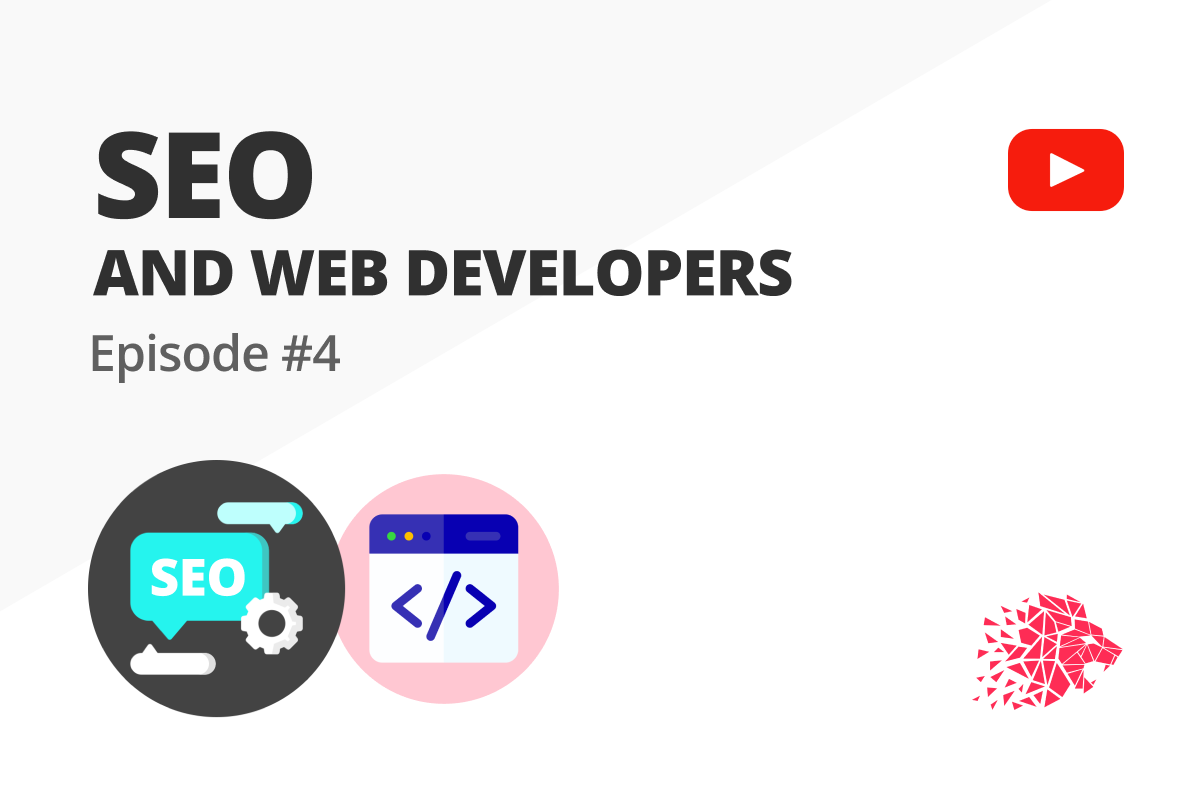
Conversational marketing is about personalised, one-on-one conversations with customers to create a more engaging and interactive experience. Its ultimate goals are increasing conversions, driving sales, building stronger relationships, and improving customer loyalty. This approach is particularly effective in eCommerce and digital marketing because it enables businesses to offer instant customer support and assistance, address concerns, and guide them through buying. Among the benefits of conversational marketing are its cost-effectiveness and enhanced data collection.
There are various types of conversational marketing tools that brands can use to engage with their audience, and they fully reflect the latest conversational marketing trends:
- Chatbots simulate human conversation and are used to answer customer inquiries, provide personalised product recommendations, and even complete transactions.
- Messaging apps, such as Facebook Messenger, WhatsApp, and WeChat, allow brands to communicate with customers more casually and conversationally.
- Voice assistants like Amazon Alexa and Google Assistant engage with customers through spoken interactions.
- Live chat is another type of conversational marketing that involves real-time conversations with customers on a brand’s website or app.
Various conversational marketing software solutions help businesses to create and deploy chatbots on their website or social media platforms and enable brands to engage with their customers through these conversational AI tools.
Overall, the global conversational AI market size is expected to grow at an average annual rate of 29.7% and the conversational commerce market at 21.9% from 2021 to 2026, with the market size projected to reach respectively $13.9 and $22.8 billion by 2026. The increasing demand for AI and machine learning technologies, especially in customer service and marketing, is the key driver for this growth of the conversational AI market. In its turn, the rising demand for personalised shopping experiences and the increasing use of messaging platforms for eCommerce are significant factors contributing to the growth of the conversational commerce market.
Successful conversational marketing examples and case studies that showcase the effectiveness of this approach are already wide-known. One example is H&M’s Kik chatbot, which allowed customers to browse and purchase clothing through a conversational interface, resulting in a 20% increase in sales. Sephora’s Facebook Messenger chatbot, offering customers personalised beauty advice, product recommendations, and a seamless checkout experience, had an 11% higher conversion rate than Sephora’s website.
This article will provide insights into developing a successful conversational marketing strategy and continually applying conversational data to improve it. By leveraging the power of personalised communication and real-time support, you can create a customer experience that stands out from the competition and keeps your customers coming back for more. So let’s dive in and explore how you can harness the power of conversational marketing to take your business to the next level!
1. Know your audience
To develop an effective conversational marketing strategy, conducting audience research and creating buyer personas is crucial. These personas are detailed profiles based on research representing the ideal customer for a particular product or service. Understanding the communication preferences of your target audience is essential. Questions such as what communication channels and devices they use most frequently, their preferred content format and the communication style that resonates the most with them must be answered. By creating buyer personas, businesses can better understand their target audience’s unique characteristics, intentions, and behaviours, allowing them to tailor an approach to meet the customer’s needs and preferences. This understanding ultimately leads to a more successful conversational marketing strategy.
2. Humanise your brand
Incorporating conversational tools into eCommerce can elevate the shopping experience by offering a personalised touch. These tools can assist customers by answering their queries, providing product recommendations, and even offering discounts. However, it is crucial to remember the importance of conversational etiquette and tone. Building a rapport with customers through a friendly and approachable tone can boost their confidence and comfort while interacting with eCommerce businesses. This, in turn, leads to increased customer loyalty and repeat purchases.
In addition to tone, creativity and humour can set eCommerce businesses apart from their competitors. Using humour can make the shopping experience more enjoyable and relaxed for customers, while creativity can generate interest and engagement. Ultimately, these techniques can help businesses create a memorable brand image and establish a stronger emotional connection with customers.
3. Be proactive in your conversations
Proactively offering customer support and suggestions is critical to a successful conversational marketing strategy. By doing so, a brand can demonstrate its commitment to delivering exceptional customer service while enhancing the overall customer experience. Automated messaging systems can identify when a customer has difficulty completing a task or navigating the website and offer assistance proactively. This approach can significantly reduce the likelihood of customers becoming frustrated or abandoning their purchase altogether.
Another essential element of a successful conversational marketing strategy is addressing common questions and concerns that customers may have. This can be achieved by analysing customer data and identifying patterns or trends in frequently asked questions. Pre-written responses to these inquiries can save time and ensure that customers receive consistent and accurate information. By anticipating and addressing these questions, businesses can provide a more seamless and satisfying customer experience.
4. Don’t overdo the automation
Finding the right balance between automation and human interaction is crucial to an effective conversational marketing strategy. Although automation can streamline simple tasks and save time, it can lead to a cold and impersonal customer experience if overdone.
Freeing time for human engagement by using automation to handle straightforward tasks, for instance, in frequently asked questions or automated follow-up messages after purchase, while incorporating human interaction at key touchpoints in the customer journey, such as during checkout or when addressing complex queries, can make the experience more personalised.
However, ensuring that automated responses remain conversational and not overly robotic is still vital. Avoiding too much technical jargon or overly formal language is essential. Instead, focus on using a conversational tone that aligns with your brand voice.
5. Optimise for mobile
Most online shoppers now use mobile devices to browse and shop, so designing conversational experiences with mobile in mind is important. This requires ensuring the chatbot or messaging platform is responsive, user-friendly, and easy to navigate on smaller screens. Additionally, mobile-specific features such as swipe gestures or voice input can make the experience more intuitive.
To engage customers where they are, it’s worth considering using mobile messaging apps such as WhatsApp and Facebook Messenger. These platforms have billions of active users, and integrating them into your conversational marketing strategy can help you engage with customers on their preferred channels. It is essential to understand the nuances of each platform and tailor the messaging accordingly to make the most of these channels. Moreover, automated messaging campaigns are available in these messaging apps to send personalised messages to customers based on their behaviour, preferences, or purchase history.
When designing conversational interactions for mobile devices, it’s the point to remember that users have limited attention spans and may be easily distracted by other things on their phones. Therefore, simplifying the conversation flow, using clear and concise language, and providing quick and relevant responses can help keep customers engaged. Additionally, incorporating visual elements such as images, videos, or GIFs can break up the text and make the conversation more engaging.
6. Use conversational data to improve your strategy
Collecting and analysing conversational data and assembling conversational marketing statistics from multiple channels is crucial to building an effective conversational marketing strategy. By gathering data on customers’ behaviour, interests, and pain points, businesses can gain valuable insights into their customers’ needs and how they interact with their brands.
Using conversational data, brands can identify common questions, areas where customers need additional support or guidance, engagement frequency, and the overall sentiment of customer interactions. With this information, businesses can develop messaging that resonates with their target audience, test new approaches, improve the website or product offerings, and provide targeted training or resources to their customer service team.
However, it’s not enough to collect data; it’s crucial to test and iterate based on insights from conversational data continuously. By regularly reviewing and analysing customer interactions, brands can identify trends and patterns and adjust their strategy accordingly. This approach will ensure businesses stay ahead of the competition and keep their marketing strategy aligned with customer needs and preferences.
7. Be transparent about the use of chatbots
In eCommerce, chatbots are becoming more prevalent for businesses to handle customer inquiries efficiently. However, it’s important for companies to be transparent about using chatbots and to let customers know when they are interacting with one. Here are a few reasons why:
- Transparency
Customers value transparency and honesty from businesses. Businesses can build trust and improve the overall customer experience by being upfront about using chatbots. - Expectations
Customers may have different expectations when speaking to a chatbot than when talking to a human agent. Informing customers that they are speaking to a chatbot can help set appropriate expectations for response capabilities and limitations. - Personalisation
Chatbots can be programmed to personalise responses based on a customer’s past behaviour or preferences. By informing customers that they are speaking to a chatbot, businesses can encourage customers to provide more information, allowing the chatbot to provide more tailored recommendations or responses. - Efficiency
Chatbots can handle a high volume of customer inquiries and provide quick responses. By letting customers know they are speaking to a chatbot, businesses can manage customer expectations regarding response times and improve overall efficiency.
Conclusion
Conversational marketing has the potential to enhance customer engagement and drive sales in eCommerce and digital marketing. However, companies must tailor their approach to their audience’s specific needs and preferences to be effective. Striking a balance between automation and human interaction while humanising the brand is crucial. Optimising for mobile and leveraging conversational data can also improve the overall customer experience. Being proactive in conversations is essential to reduce customer frustration and abandonment rates. By following these tips and best practices, businesses can create a more engaging and personalised shopping experience for their customers, leading to increased conversions, sales, and loyalty.













